Lexus LF-Z Electrified Concept Previews Brand's EV Future

Concept cars often provide a glimpse into the future of their respective brands. That’s what Lexus calls the LF-Z it debuted early Tuesday—okay, “symbolizing the next generation of Lexus,” more accurately. No matter the wording, the angular concept is a good-looking first volley in a product offensive that will see 10 new electrified Lexus models debut by 2025.
SEE ALSO: 2021 Lexus IS 350 Review: First DriveThe LF-Z exterior design picks up numerous current Lexus design trends, yet remixes them for the next decade. The flanks are cleaner, with a handful of creases implying motion, specifically in the kicked-up window line and corresponding crease along the bottom of the doors. Chunky wheelarch extensions give the LF-Z a quasi-crossover vibe, with a unique comb-like texture on the front items. The general shape is more car-like however; it’s a continued blurring of segment lines we’ve seen in other recent electric vehicles.
Up front, a pair of squinty headlights frame a new take on the spindle grille. EVs don’t need grilles, after all, so Lexus has instead turned the whole face into a spindle “grille.” Transparent black sections below the headlights provide the lower shape, with a complex fading pattern along the edges. Meanwhile the rear of the LF-Z features a full-width taillight with “Lexus” spelled out across it. A small fin sits in the middle of the rear glass, with its LED strip mirrored in the lower bumper. The “Electrified” light-up wordmark seems a little OTT, but hey, this is a concept after all.
SEE ALSO: 2021 Lexus LC Convertible Review: A Future ClassicIf the exterior is a reimagining of current Lexus design trends, the interior is a clean-sheet approach. Lexus calls it “Tazuna,” which is Japanese for “rein.” Inspired by the relationship between horse and rider, the cabin design is driver-focused, with a trio of screens grouped around the yoke-style steering wheel. Even the driver’s seat color contrasts with the interior. The Lexus design team has made a concerted effort to group the most important functions around the steering wheel, something the brand says previews the next generation of production models. An augmented reality head-up display and teachable AI assistant can get you where you need to go, and even make suggestions based on habits. A huge panoramic roof lets plenty of natural light into the cockpit, while the rear seats can recline and offer massages.
Lexus didn’t go far into the LF-Z drivetrain details. We know it’s a new dedicated EV platform, lining the floor with batteries for a lower center of gravity. The approach is also said to minimize vibrations and “unpleasant noises.” Lexus calls the drive system Direct4, an all-wheel drive system that can also switch to front- or rear-wheel drive when needed. The LF-Z also uses a steer-by-wire system, which Lexus—somewhat confusingly—says provides “more direct response between steering operation and driving force.”
Lexus will introduce a whopping 20 vehicles by 2025, half of which will be electrified in some way. There was a time when the company, as well as parent company Toyota, didn’t put a lot of stock in fully electric vehicles, instead favoring hybrids. But if the LF-Z is a sign of things to come, count us amongst the excited.
Become an AutoGuide insider. Get the latest from the automotive world first by subscribing to our newsletter here.

Kyle began his automotive obsession before he even started school, courtesy of a remote control Porsche and various LEGO sets. He later studied advertising and graphic design at Humber College, which led him to writing about cars (both real and digital). He is now a proud member of the Automobile Journalists Association of Canada (AJAC), where he was the Journalist of the Year runner-up for 2021.
More by Kyle Patrick





































































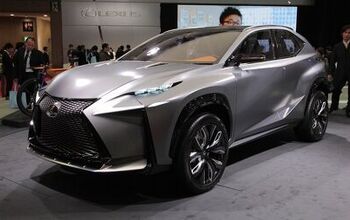


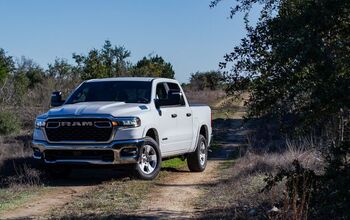

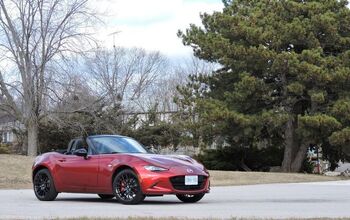

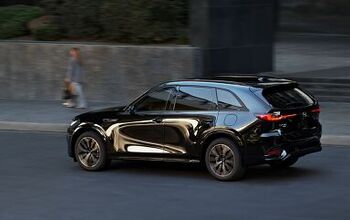

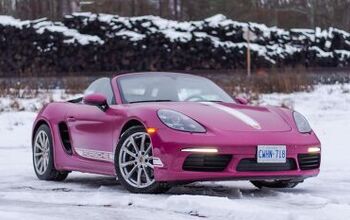
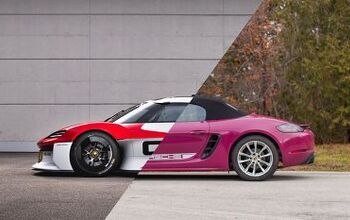
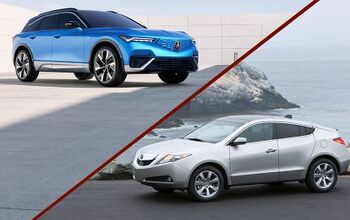

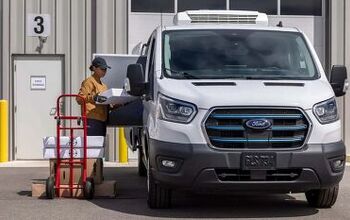
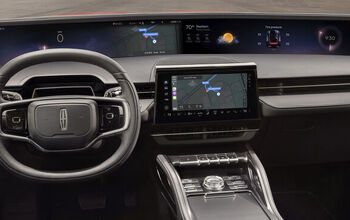
Comments
Join the conversation